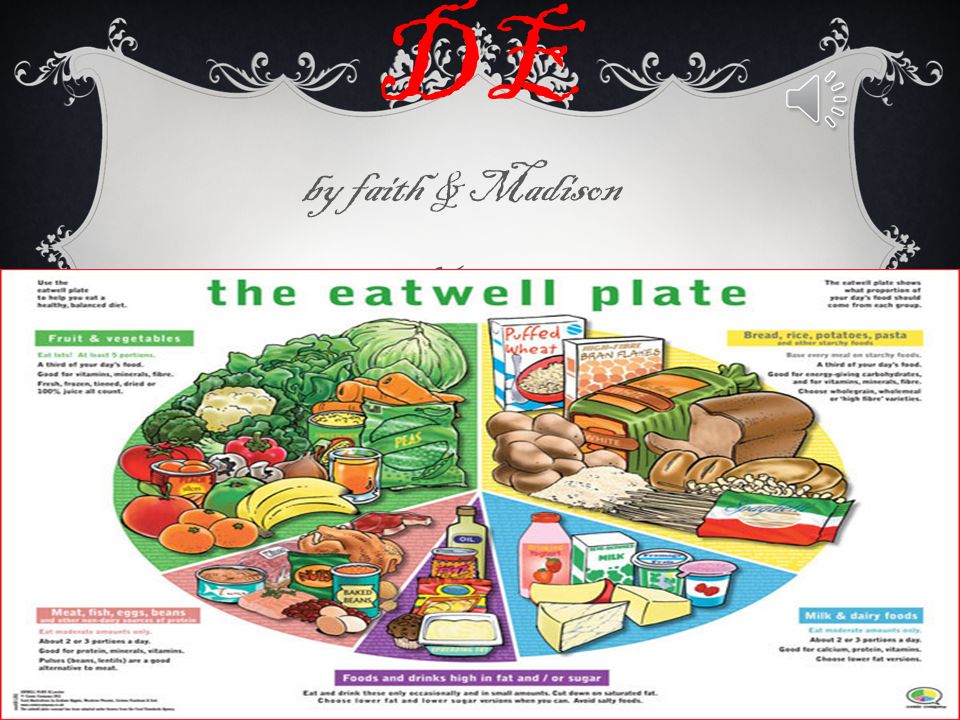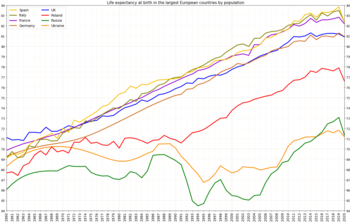
EWG App was designed to be simple to use. It is a useful tool for anyone trying to make an informed choice about what to eat and drink. The app contains information about more than 2,500 household and food products. You can also save your favorite recipes for later. You can also leave ratings and submit photos for products that you wish to be added.
EWG is an app that can help you monitor your health. It can be used to check the safety of thousands of products, including personal care and food. The app scans barcodes to confirm safety and contains a detailed database listing all ingredients. You can even view the product's ratings and buy directly from Amazon or Sephora through the app.

EWG App also offers the information you need to make good food choices. The free app rates the nutrition of food on a scale of 1 to 10, and allows you to see what you can avoid by avoiding it. It also includes a reference guide for essential oil, which will tell you which Young Living essential oils work best for which conditions. Use the app to find out about the ingredients of many products as well as their advantages and disadvantages.
Another useful app is Healthy Living App. This breaks down product ingredients. It shows you what ingredients are good and harmful. You can also compare apps that have similar functionality. Think Dirty can be used to compare similar apps. It ranks products from 1-10 and gives information about the ingredients. It also informs you about the health impact of each ingredient.
The Environmental Working Group's Healthy Living App has information on cleaners, something that isn't available in most apps. It's a great tool to help you find safe products that will benefit your family and the Earth. You can search for a specific ingredient by scanning the product barcode, and you'll receive an unbiased evaluation. It is important to understand the makeup and ingredients before you start looking for cosmetics. This app will make your life simpler and safer.

The Environmental Working Group App allows you to verify the safety of food you are eating. It lists the ingredients and brands used in food that you've chosen. You can also use the EWG's Food Scores app to compare brands and foods. The EWG's Sunscreen Guide is a great resource for those who want to make healthy decisions. The app features a color-coded system which will allow you to find safe products for you and your family.
FAQ
Eggs are good for us.
All nutrients are contained in the egg. It supports strong bones, healthy heart, lungs, and stable blood sugar.
Eggs are an excellent source protein, vitamins A,B12, D E, K and calcium. They also contain vitamin B12, D-E, K, calcium and phosphorus.
Egg yolks are high in cholesterol. It does not contain any saturated fat. Eggs have less saturated oil than many other foods.
They are also low calories and sodium. You can make them in any way you like. You can cook them in many ways, including poaching, boiling, hard-boiling, baking, and scramble.
They are very healthy and simple to make.
At least two whole eggs should be consumed each day. You can add eggs to your diet if you don't like eating eggs.
Eggs are a good source of essential nutrients for our bodies. You can add eggs to your daily diet now.
How many calories should you consume each day?
This will vary from person-to-person. An average person needs 2000-2500 calories per day. It's important to assess your life style, gender, age and height in order to determine how much calories you need.
Do I need to exercise every day?
No! You should do at least 30 mins of moderate-intensity activity 5 days per week. That could mean walking fast enough for you to get slightly out of breath and biking hard enough for you to sweat.
Are you a cardio-exercise fan?
Cardiovascular exercise has many benefits. Cardiovascular exercise improves blood circulation and strengthens your heart muscle. It also increases stamina and helps you lose weight.
Cardiovascular exercise includes running, biking, hiking, swimming, tennis, basketball, soccer, volleyball, football, etc.
Cardio exercises should be avoided at high intensity levels. This could cause injury.
You should only perform the cardiovascular exercise if you are feeling well.
Don't push yourself beyond what you can handle. Otherwise, you could end up injuring yourself.
Cardiovascular exercise is best done warm-up first. Then, gradually build up to higher intensity levels.
You must always listen to what your body is telling you. If you feel pain while performing cardiovascular exercise, it is important to stop immediately.
Also, after a cardiovascular workout, it's advisable to take a rest. This gives your muscles the chance to heal.
Cardiovascular exercise is an important part of losing weight.
It is the most efficient way to lose weight and stomach fat.
Statistics
- According to the American Heart Association, blood pressure should be checked at least once every two years, beginning at age 20. (my.clevelandclinic.org)
- By John Thompson Take a whopping 38% off a set of PowerBlock Pros. (menshealth.com)
- An estimated calorie range for moderately active adult males falls between 2,200 to 2,800 calories per day, depending on age. (eatright.org)
- The PRS enabled risk stratification for overall prostate cancer and lethal disease with a four-fold difference between men in the highest and lowest quartiles (HR, 4.32; 95% confidence interval [CI], 3.16-5.89). (pubmed.ncbi.nlm.nih.gov)
- 10 pounds in a month is likely during a lean bulking phase, especially for beginners. (muscleandstrength.com)
External Links
How To
How does a man become fit in just 30 days?
It is best to break down difficult goals in small, manageable steps.
Every day, you must work towards your goal. This could be anything from running 3km to doing 10 pushups in 5 minutes.
Consistently doing this will lead to positive results.
Consistency is the key here. You must keep going until you succeed.
What is the difference between Aerobic Fitness (or Anaerobic Fitness)?
Anaerobic fitness refers the body's ability to do intense physical work while lacking oxygen. During periods of high-intensity exercise, we use anaerobic pathways to provide enough energy to complete the task. Anaerobic pathways include glycolysis (creatine phosphate), the phosphagen and lactic acid.
Contrary to that, aerobic fitness is the ability to sustain low-intensity exercises for a long time. When doing aerobic exercises, oxygen serves as the primary source for fuel for the cells. In other terms, the aerobic pathway has more energy that the anaerobic.
If you are looking to run a full marathon, then you have to increase your aerobic ability. If you only focus on building up your anaerobic capacity, you won't be able to finish the race.
Aerobic fitness may also be known as cardiovascular fitness. The two most commonly used methods of measuring cardiovascular fitness, are VO2 Max testing and step tests.
VO2 Max Test
VO2 max is the maximal amount of oxygen (O2) that the body uses during exercise. This test measures the amount of O2 the body can utilize while exercising.
This test is the best to determine your cardiovascular fitness. This test requires expensive equipment, and highly qualified professionals to administer.
Step Tests
Step tests are an easy but powerful way to determine your cardiovascular fitness. These tests require you to walk or run on a track or treadmill for a set amount of time, depending on your weight and age.
These tests can be conducted almost anywhere and are cheap, simple, and easy. For example, you could walk on a treadmill 20 minutes and then stop. Throughout the session, your heart rate should be within a certain range.
This method is known by the "Bruce Protocol". Bruce, himself a runner developed this protocol when he realized his heart rate didn't rise when he ran long distances.